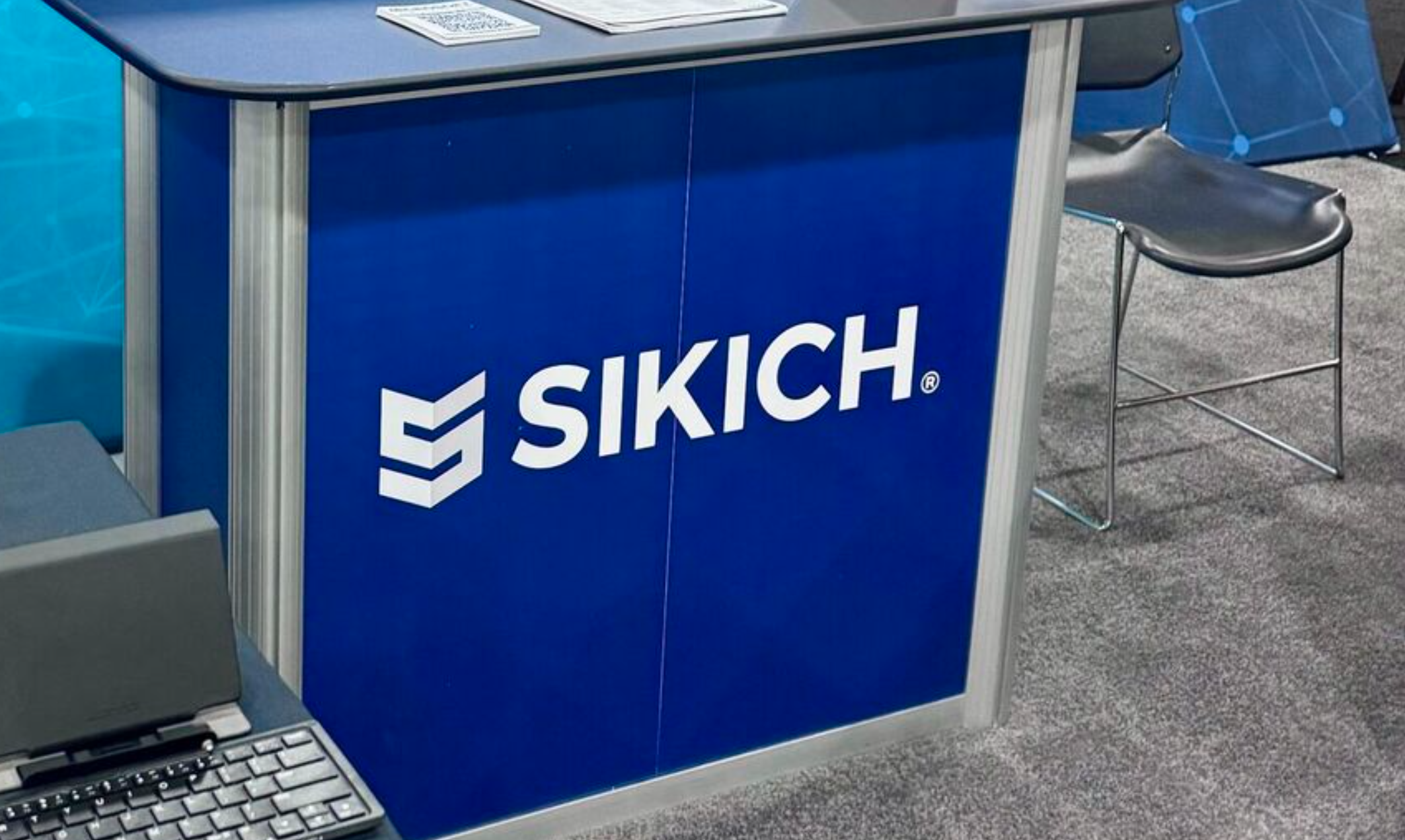Eye rolls, short tempers, disengagement during group discussions and team meetings, and an increase in complaints. When your firm is working hard to transform and remain relevant in an ever-evolving profession, these signs of change fatigue can cause your initiatives to suffer.
With all of the transformation efforts going on these days, firms seem to be in the middle of one continual change initiative. Your team members are understandably fatigued for several reasons:
- Change is hard. Change always requires work, especially at first. Whether you implement new technology or new processes, until your people learn new ways to complete tasks, it takes more work and time.
- Problems occur. Some of the changes you implement won’t work as planned. Your team will be tasked with the challenge of figuring out what went wrong and how to solve the issues.
- Change is continuous. Evolving economic demands, professional requirements and client expectations mean change is never going to stop. That fact alone can cause people to become discouraged.
Recently, I had a conversation with a firm leader who wanted to discuss opportunities that could be leveraged in the coming year. However, their firm just finished implementing new tax prep software, and the team wants to take a break from change for a year or two. As understandable as this feeling is, we need to push back against the instinct to pare down the number of initiatives or slow down the pace of change. Firms who wait a year or two between projects will fall behind the firms that push through the discomfort. Here are four ways to overcome change fatigue in your firm.
#1. Recognize and address change fatigue
I am sure you have heard the William Pollard quote, “To change is difficult. Not to change is fatal.” This is especially true in a rapidly changing environment. We need to get to the point where change is the expectation instead of the exception. We must challenge change fatigue in a way that helps people to see the benefits that outweigh the perceived pain of constant change.
Tune into WIIFM (what’s in it for me?) and help your people see what they stand to gain from the proposed changes. We need to empower people to be change agents who are participating and driving the change in the firm instead of just being impacted and disrupted by it.
Also, identify whether everyone in the firm really has change fatigue or if it is just a handful of people who are more vocal about their discomfort. If it’s just a handful of people, address them directly. In most cases, change fatigue is not a firm-wide feeling. Pausing change efforts to accommodate a small group of people who are averse to change is a costly mistake. Find your change supporters and let their momentum drive change forward.
#2. Have a plan
Without a plan that allows you to pace yourself, there is no method to the madness, and you have no true vision of what you want to do. With a plan, you know what your end goal is, and you know when you’re off course. This prevents you from spinning your wheels and wasting time on efforts that aren’t actually pushing you forward.
Every change you initiate, regardless of size, needs to begin with a plan and intended outcome. Document and communicate a clear, concise, and concrete end goal that can be understood by everyone on your team.
#3. Improve communication
During intense change, communication is essential. Take time to address why change is necessary, how your team’s priorities might shift, what actions people can take to prepare, and project goals and progress. Remember, sometimes the same information needs to be communicated several times before it can be absorbed, so share your message multiple times and in multiple ways.
Communication involves listening, not just telling. So discuss initiatives with employees – not at them. Then, check for understanding. Make sure people can answer why the firm is changing and where the transformation will lead them. If employees don’t have realistic expectations, you’ll have a difficult time getting – and keeping – them on board.
#4. Track progress and celebrate milestones
Once everyone on the team is crystal clear on the goals, you need to monitor progress toward achieving those goals. Employees need to know how their work and efforts are contributing to the company’s future, especially in times of change.
Build in successes early in the process by identifying and solving less difficult challenges early on, highlighting and celebrating those milestones. This keeps the momentum going. Recognize the people and team who contributed to implementation throughout the process.
Everyone knows change is hard, but it’s also necessary. Change fatigue is a mindset, rather than an actual physical roadblock that holds you back. In a time when client needs and wants are evolving faster and faster, your firm cannot survive without people who are enthusiastically transforming at the same speed. You cannot afford to hit the pause button.
Keep your eye on the ball and keep moving forward. We understand it’s scary. Be afraid, be unsure, but do it anyway.
Thanks for reading CPA Practice Advisor!
Subscribe Already registered? Log In
Need more information? Read the FAQs
Tags: Firm Management, Technology
![conference_geralt_pixabay-2110761_960_720[1]](https://www.cpapracticeadvisor.com/wp-content/uploads/2022/07/33398/conference_2110761_960_720_1_.5cab9e398139f.png)




